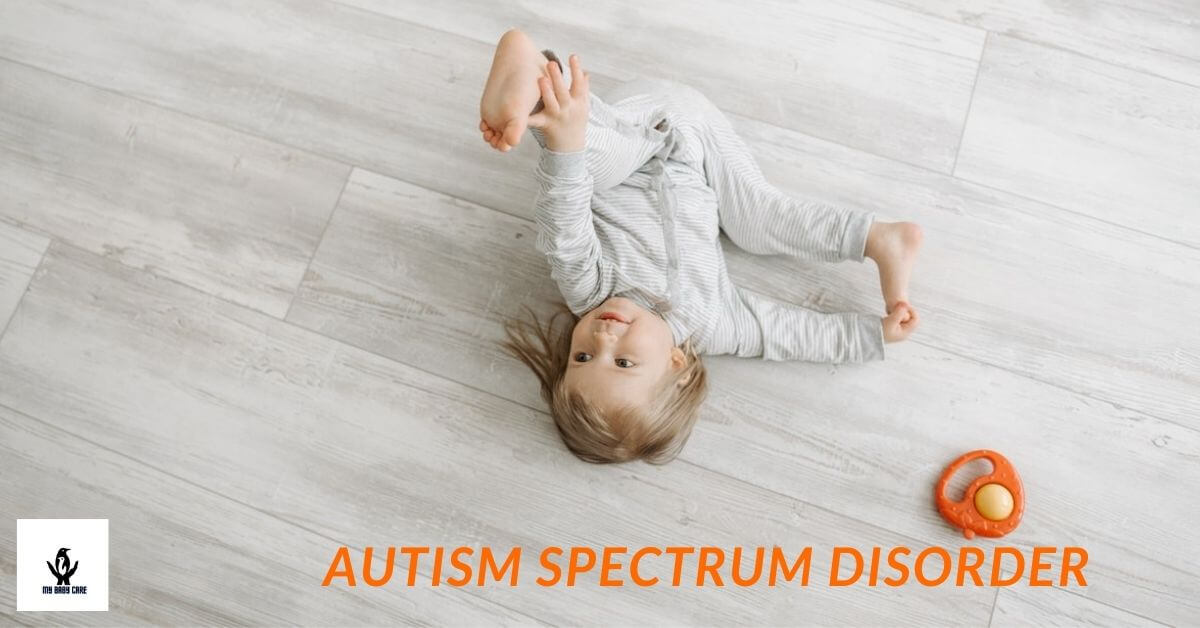Autism spectrum disorder shows many difficulties and abnormalities. It is very important to categorize the type of autism within your child.
Whether your child is an infant, toddler, or pre-schooler, autism disturbs them stick to their normal daily routine up to a certain extent.
Child development is a huge area. So, correct assessments are essential to identify specific signs and symptoms of autism. If the assessment is clear and concise, you can find out the proper solution to them.
The below-mentioned signs and symptoms are interrelated with each other. It is difficult for you to figure out them separately.
Why do we call this illness a spectrum-type disorder or illness?
Spectrum means a collection of signs and symptoms and the overall picture of the child remains to be same at a glance. So the clinical evaluation is so difficult for an experienced professional even. It is essential to spend a fair amount of time with the children.
Basic signs and symptoms of an autistic kid
Take a very close look at your child. Then if you find whether your child needs mild, moderate, or extensive support in these areas in normal life. You have to intervene closely with your loved ones.
1. Problems having planning, structure, and routine
Imagine your child is attending a school. While the normal school routine is going on, suddenly the school organizes a Christmas party. On the party day, the school is full of lots of art, and crafts, decorations, noise, people, events, and so on.
Here the child has to experience a series of new things and a new environment.
This setup is the place where the problem occurs. When the child can not face a newly changed environment, he/she can’t cope with society there. Then their anxiety level goes up.
They tend to go for avoidance mechanisms. That interprets as odd behavior patterns and a set of strange activity lists with the new situation.
Main intervention areas
These symptoms are mostly part of autistic children. So you need an extensive life plan to reorganize those children’s lifestyles. You can start with
- Plan and predict the day’s activities
- Plan and Prepare the day’s routines and changes
- Predict the endpoint of activities
- Understanding what is expected
- Help multitasking activities
- Tireless structured topic works
- Group work, team games, and other complex tasks.
- Creative writing
- Problems having communication
2. Problems having communication
These children are having problems with social communication. Expressive language is more affected than receptive language. So these kids have to depend on assumptions in functioning daily life.
So the incidence of a lack of understanding increased. This caused an increase in the anxiety level of the kid.
So they behave in very odd manners which parents can not control. These kids are having difficulties with nonverbal communication. Also, have difficulties with gestures and facial expressions. As a result, their understanding level is minimal.
Finally, the refusal levels are increased. So as parents, you better use the following guides related to the communication issues of these kids.
Problems in non-verbal communication areas
- poor eye contact
- no social smile
- lack of facial expressions
- problems of using and understanding nonverbal behaviors
- Does not point or gesture communication
- Can not balance the verbal and nonverbal integrity of communication.
Strategies to overcome non-verbal communication problems
- Use simple sentences
- Simple familiar words
- Don’t use figurative lavage
- Focus on what should do[don’t say shouldn’t things]
- Be specific
- Always address the child by name
- Avoid emotional content
- Don’t rely on nonverbal
- Support with visual cues
- Various types of group therapies, group activity plans, and the Use of picture support for maximizing understanding
- other sorts of anxiety reduction methods can be implemented in these instances.
Practical life example
Imagine a circle group round with students in the classroom. The teacher asked to make a circle for all children. But these autistic-type kids know they need support to make it around. But they don’t know how to support making it. So they perform an odd behavior pattern.
So they are highlighted among the other children. After the anxiety level goes up and that is caused by the disturbing activities during the sessions.
With regard to coping mechanisms in such situations, the teacher should give all the necessary steps about the activity before the event with additional support such as picture cards, simply categorized instructions, etc.
Social imagination and understanding of emotions
These kids have problems imagining a situation hypothetically. They can not name their own feelings, emotions, and own behaviors. So they need extensive support.
That support will help them to understand the expected ions, recognize the purpose of the activity, and predict outcomes of events and social instructions.
Finally, they complete the creative task.
- These kids show deficits in social-emotional reciprocity.
- Can’t understand the feelings of people
- Can’t understand self feelings
- Lack of joint attention
- Lack of sharing interests
- Abnormal social approach
- Failure of the normal back after a conversation
- Can not understand jokes
The following approaches can be implemented to overcome difficulties.
- Team games will improve interpersonal skills
- Games help to understand how the behavior impacts others
- how does one empathize with other children
- How to do imaginative play
- How to share feelings
Conclusion
Autistic kids perform well in their homes. Some other kids perform well in schools and other structured environments. The physical environment is a key factor in their behavior.
We as parents, teachers, carers, and supporters, have to think from various angles about these children. Because we can’t guess the exact reasons for the unpredicted behaviors of autistics.
We need to hypothetically imagine those situations and do effective therapy treatments to get good results in dealing with these kids. Consistency is the key to dealing with these kids.
Most kids are having sensory integration issues and children are trying to fulfill those sensory needs in various ways. If these kids are nonverbal, then they create more complicated situations.
As parents, you should direct the child to professionals like pediatricians, occupational therapists, etc to get good outcomes in dealing with some of the issues.
It is advisable to address the sensory profile and identify the sensory deficit among them from the beginning. Then the sensory integration therapies should be initiated as soon as possible. These therapies should be client base, well-assessed, and methodical to avoid the sensory overload of the kids.
In this way, we can raise a balanced, well-behaved capable child.

